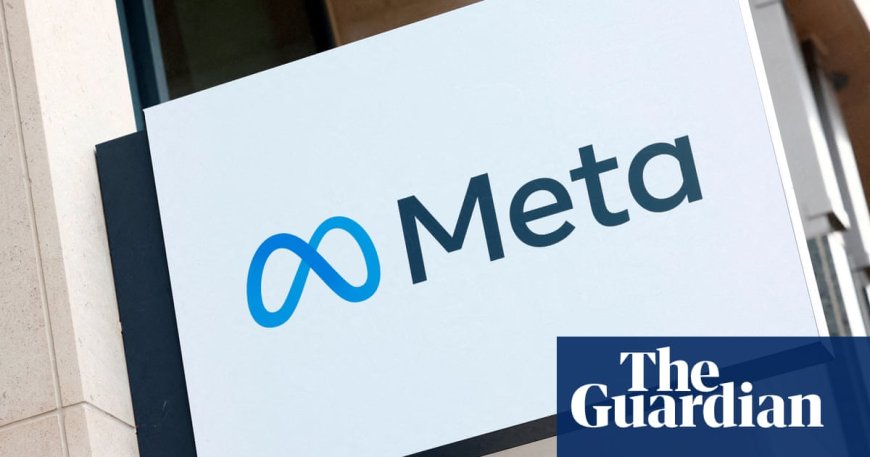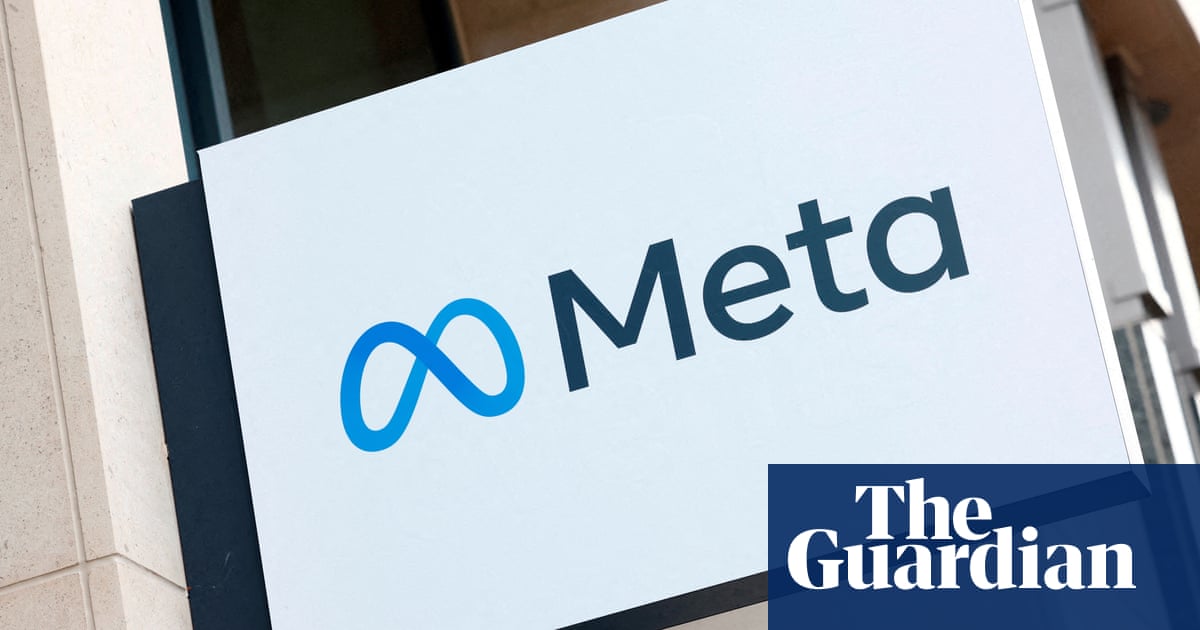How Facebook Messenger and Meta Pay are used to buy child sexual abuse material
How Facebook Messenger and Meta Pay are used to buy child sexual abuse material The Guardian

Sustainable Development Goals (SDGs) and Child Exploitation on Meta

Introduction
When police in Pennsylvania arrested 29-year-old Jennifer Louise Whelan in November 2022, they charged her with dozens of counts of serious crimes, including sex trafficking and indecent assault of three young children.
One month earlier, police said they had discovered Whelan was using three children as young as six, all in her care, to produce child sex abuse material. She was allegedly selling and sending videos and photos to a customer over Facebook Messenger. She pleaded not guilty.
Meta’s Failure to Detect Payments for Child Abuse Material
Through reviewing documents and interviewing former Meta content moderators, a Guardian investigation has found that payments for child sexual abuse content taking place on Meta Pay are probably going undetected, and unreported, by the company.
Court documents show Whelan and Warren’s actions were not spotted or flagged by Meta. Instead, Kik Messenger, another social platform, reported Warren had uploaded videos suspected to be child sexual abuse material (CSAM) to share with other users. This triggered a police investigation in West Virginia, where Warren lives. His electronics were seized, and police then discovered the eight videos and five images that he had allegedly bought from Whelan over Facebook Messenger.
Meta’s History with Accusations of Child Exploitation
Meta’s platforms have been linked to alleged child exploitation and the distribution of CSAM in the past. In December, the New Mexico attorney general’s office filed a lawsuit against the company, alleging Facebook and Instagram are “breeding grounds” for predators targeting children for human trafficking, grooming, and solicitation.
Siloed Work Prevents Flagging Suspicious Transactions
Other former content moderators interviewed by the Guardian compared their jobs to call center or factory work. Their jobs entailed reviewing content flagged as suspicious by users and artificial intelligence software and making quick decisions on whether to ignore, remove, or escalate the content to Meta through a software program. They say they could not communicate with the Meta Pay compliance analysts about suspicious transactions they witnessed.
Messenger’s Encryption Will Hide Illicit Behaviors on Meta Pay
In December, Meta announced it had rolled out end-to-end encryption for messages sent on Facebook and via Messenger. Encryption hides the contents of messages from anyone but the sender and intended recipient by converting text and images into unreadable cyphers that are unscrambled on receipt.
Yet this move could also affect the company’s ability to prevent illicit transactions on Meta Pay. Child safety experts, policymakers, parents, and law enforcement criticized the move, arguing encryption obstructs efforts to rescue child sex trafficking victims and the prosecution of predators.
SDGs, Targets, and Indicators
1. Which SDGs are addressed or connected to the issues highlighted in the article?
- SDG 5: Gender Equality
- SDG 8: Decent Work and Economic Growth
- SDG 10: Reduced Inequalities
- SDG 16: Peace, Justice, and Strong Institutions
- SDG 17: Partnerships for the Goals
2. What specific targets under those SDGs can be identified based on the article’s content?
- Target 5.2: Eliminate all forms of violence against all women and girls in public and private spheres, including trafficking and sexual exploitation.
- Target 8.7: Take immediate and effective measures to eradicate forced labor, end modern slavery and human trafficking, and secure the prohibition and elimination of the worst forms of child labor.
- Target 10.2: By 2030, empower and promote the social, economic, and political inclusion of all, irrespective of age, sex, disability, race, ethnicity, origin, religion, or economic or other status.
- Target 16.2: End abuse, exploitation, trafficking, and all forms of violence against and torture of children.
- Target 17.17: Encourage and promote effective public, public-private, and civil society partnerships, building on the experience and resourcing strategies of partnerships.
3. Are there any indicators mentioned or implied in the article that can be used to measure progress towards the identified targets?
- Indicator 5.2.1: Proportion of ever-partnered women and girls aged 15 years and older subjected to physical, sexual, or psychological violence by a current or former intimate partner in the previous 12 months.
- Indicator 8.7.1: Proportion and number of children aged 5-17 years engaged in child labor, by sex and age group.
- Indicator 10.2.1: Proportion of people living below 50 percent of median income, by age, sex, and persons with disabilities.
- Indicator 16.2.2: Number of victims of human trafficking per 100,000 population, by sex, age group, and form of exploitation.
- Indicator 17.17.1: Amount of United States dollars committed to public-private partnerships and civil society organizations.
Table: SDGs, Targets, and Indicators
| SDGs | Targets | Indicators |
|---|---|---|
| SDG 5: Gender Equality | Target 5.2: Eliminate all forms of violence against all women and girls in public and private spheres, including trafficking and sexual exploitation. | Indicator 5.2.1: Proportion of ever-partnered women and girls aged 15 years and older subjected to physical, sexual, or psychological violence by a current or former intimate partner in the previous 12 months. |
| SDG 8: Decent Work and Economic Growth | Target 8.7: Take immediate and effective measures to eradicate forced labor, end modern slavery and human trafficking, and secure the prohibition and elimination of the worst forms of child labor. | Indicator 8.7.1: Proportion and number of children aged 5-17 years engaged in child labor, by sex and age group. |
| SDG 10: Reduced Inequalities | Target 10.2: By 2030, empower and promote the social, economic, and political inclusion of all, irrespective of age, sex, disability, race, ethnicity, origin, religion, or economic or other status. | Indicator 10.2.1: Proportion of people living below 50 percent of median income, by age, sex, and persons with disabilities. |
| SDG 16: Peace, Justice, and Strong Institutions | Target 16.2: End abuse, exploitation, trafficking, and all forms of violence against and torture of children. | Indicator 16.2.2: Number of victims of human trafficking per 100,000 population, by sex, age group, and form of exploitation. |
| SDG 17: Partnerships for the Goals | Target 17.17: Encourage and promote effective public, public-private, and civil society partnerships, building on the experience and resourcing strategies of partnerships. | Indicator 17.17.1: Amount of United States dollars committed to public-private partnerships and civil society organizations. |
Behold! This splendid article springs forth from the wellspring of knowledge, shaped by a wondrous proprietary AI technology that delved into a vast ocean of data, illuminating the path towards the Sustainable Development Goals. Remember that all rights are reserved by SDG Investors LLC, empowering us to champion progress together.
Source: theguardian.com

Join us, as fellow seekers of change, on a transformative journey at https://sdgtalks.ai/welcome, where you can become a member and actively contribute to shaping a brighter future.







